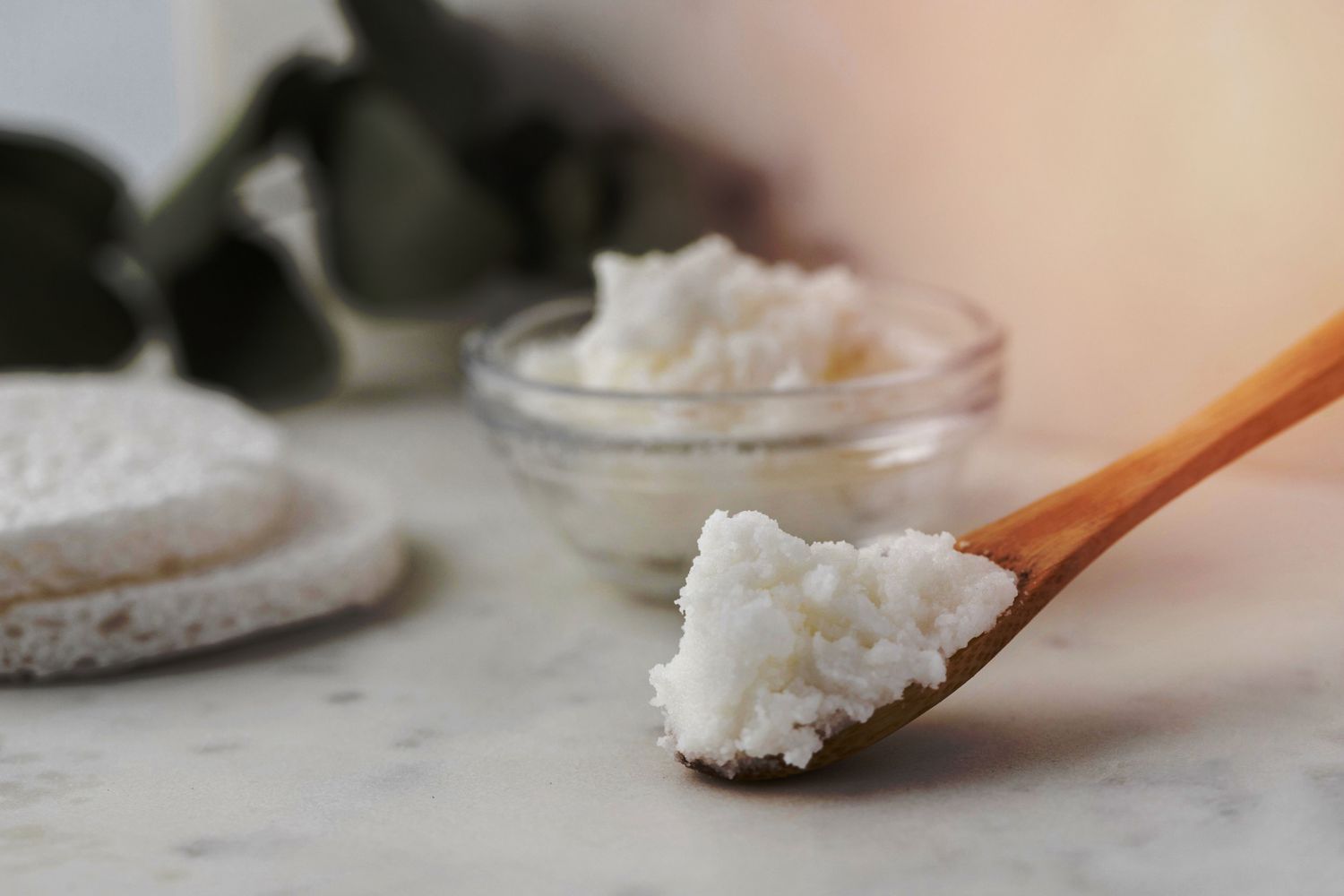

Articles
How To Store Shea Butter
Modified: January 18, 2024
Learn effective ways to store shea butter and preserve its quality. Read our informative articles filled with expert tips and tricks. Enhance the shelf life of your shea butter now
(Many of the links in this article redirect to a specific reviewed product. Your purchase of these products through affiliate links helps to generate commission for Storables.com, at no extra cost. Learn more)
Introduction
Shea butter is a versatile and beneficial natural product that has been used for centuries in skincare and haircare routines. Derived from the nuts of the shea tree, which is native to West Africa, this butter is rich in vitamins, minerals, and fatty acids that nourish and moisturize the skin and hair.
Properly storing shea butter is crucial to maintain its quality and effectiveness over time. Whether you are a consumer or a producer, knowing how to store shea butter correctly is essential in order to prevent it from losing its beneficial properties.
In this article, we will explore the benefits of shea butter, how to choose the right one, and most importantly, the proper storage conditions to keep it fresh and potent. We will also provide a step-by-step guide to storing shea butter and share some tips to help you maintain its quality. So, let’s jump in and learn how to store shea butter for maximum effectiveness and longevity!
Key Takeaways:
- Properly storing shea butter is essential to maintain its nourishing properties. Choose unrefined, certified products and store in a cool, dark place to preserve its effectiveness.
- Follow a step-by-step guide and useful tips to store and maintain shea butter quality. Keep it away from heat, moisture, and strong odors for long-lasting benefits.
Read more: How To Whip Shea Butter Without A Mixer
Benefits of Shea Butter
Shea butter offers a wide range of benefits for both the skin and hair. Its rich composition of vitamins, minerals, and fatty acids gives it excellent moisturizing, healing, and nourishing properties. Here are some of the key benefits of using shea butter:
- Deep Moisturization: Shea butter is highly emollient, meaning it can effectively seal in moisture and provide intense hydration. It penetrates the skin deeply, creating a protective barrier that locks in moisture and prevents dryness. This makes it ideal for treating conditions such as dry skin, eczema, and psoriasis.
- Anti-Aging Properties: The high concentration of vitamins A and E in shea butter makes it a powerful anti-aging ingredient. These vitamins promote collagen production, improve skin elasticity, and reduce the appearance of fine lines and wrinkles. Regular use of shea butter can help keep the skin looking youthful and radiant.
- Healing and Soothing Effects: Shea butter contains anti-inflammatory and healing properties, making it beneficial for healing wounds, burns, and scars. It also soothes irritated skin, relieves itching, and reduces redness. Whether you have sunburn, insect bites, or skin rashes, shea butter can provide relief and aid in the healing process.
- Protection from Environmental Damage: Shea butter contains antioxidants, including vitamins A and C, which help protect the skin from free radicals and environmental damage. It shields the skin from harmful UV rays, pollution, and harsh weather conditions, minimizing the risk of premature aging and skin damage.
- Softens and Conditions Hair: Shea butter is not just beneficial for the skin; it also works wonders for the hair. Its moisturizing properties help nourish and hydrate dry and brittle hair, making it soft, smooth, and manageable. It also helps to reduce frizz, prevent breakage, and protect the hair from heat styling and environmental stressors.
With its numerous benefits, shea butter is a valuable ingredient to incorporate into your skincare and haircare routine. However, to fully enjoy these benefits, it is important to choose the right shea butter and store it properly to maintain its potency. Let’s delve into the next section to understand how to choose the best shea butter for your needs.
Choosing the Right Shea Butter
When it comes to choosing shea butter, it’s essential to opt for a high-quality product that is pure, unrefined, and free from additives or chemicals. Here are some factors to consider when selecting shea butter:
- Unrefined vs. Refined: Unrefined shea butter, also known as raw or pure shea butter, is extracted using traditional methods that preserve its natural properties. It has a yellowish color and a distinctive nutty aroma. Refined shea butter, on the other hand, undergoes a refining process that removes the odor and color but also eliminates some of its beneficial compounds. For maximum benefits, choose unrefined shea butter.
- Certifications: Look for shea butter that is certified organic, fair trade, or sustainably sourced. These certifications ensure that the shea butter is produced using environmentally friendly methods and that the women who harvest the nuts are paid fair wages.
- Texture and Consistency: Shea butter should have a creamy and smooth consistency. Avoid products that are too hard or grainy, as this may indicate poor quality or improper storage. Soft and velvety shea butter is easier to apply and melts quickly on contact with the skin or hair.
- Packaging: Choose shea butter that is packaged in a dark-colored jar or container. Light and heat can degrade the quality of the butter, so opaque packaging helps to protect it from these elements. Additionally, look for airtight packaging or jars with screw-top caps to prevent air and moisture from seeping in.
- Reputable Brands: Purchase shea butter from trusted brands or reputable suppliers. This ensures that you are getting a genuine and high-quality product. Do some research, read reviews, and check the brand’s reputation before making a purchase.
By considering these factors, you can select a premium quality shea butter that will deliver maximum benefits. Once you have chosen the right shea butter, it’s important to store it correctly to maintain its freshness and effectiveness. In the next section, we will explore the proper storage conditions for shea butter.
Proper Storage Conditions
Proper storage conditions are crucial for maintaining the quality and efficacy of shea butter. Exposure to certain factors such as heat, light, air, and moisture can degrade the butter and cause it to lose its beneficial properties. Here are the key storage conditions to keep in mind:
- Temperature: Shea butter should be stored at a cool and consistent temperature. Ideally, it should be kept between 60°F (15°C) and 75°F (24°C). Avoid exposing it to extreme temperatures, as excessive heat can cause the butter to melt and lose its texture.
- Light: Shea butter is sensitive to light, especially UV rays. It’s best to store it in a dark and opaque container or keep it in a cool, dark place such as a cupboard or drawer. This will help protect it from light exposure and prevent it from degrading.
- Air and Moisture: Air and moisture can also affect shea butter’s quality. To minimize air exposure, make sure the container is tightly sealed after each use. Moisture can cause shea butter to become rancid or develop mold, so it’s important to keep it away from humid environments, such as the bathroom.
- Aromas and Odors: Shea butter has a natural nutty aroma, but it can also absorb other odors present in its surroundings. To prevent the butter from picking up unwanted scents, store it away from strong-smelling substances, such as perfumes or cleaning products.
- Avoid Freezing: While shea butter can withstand temperature fluctuations, it’s best to avoid freezing it. Freezing can affect the texture and consistency of the butter, making it grainy or separating the oil from the solids. If your shea butter accidentally freezes, allow it to gradually return to room temperature before using it.
By following these proper storage conditions, you can prolong the shelf life of shea butter and maintain its potency. Now that we are familiar with the ideal storage conditions, let’s move on to the step-by-step guide on how to store shea butter effectively.
Store shea butter in a cool, dark place away from direct sunlight and heat to prevent it from melting or becoming rancid. Airtight containers or resealable bags are ideal for preserving its quality.
Step-by-Step Guide to Storing Shea Butter
Storing shea butter is a simple process that requires a few key steps to ensure its longevity and effectiveness. Follow this step-by-step guide to store your shea butter properly:
- Choose the Right Container: Select a dark-colored, airtight container for storing your shea butter. Dark glass jars or plastic containers with a screw-top lid work well to protect the butter from light and air exposure.
- Clean and Dry the Container: Before transferring the shea butter into the storage container, ensure that it is clean and dry. This helps prevent any contamination or moisture buildup that can affect the butter’s quality.
- Cut or Scoop Shea Butter: Depending on the consistency of your shea butter, you can either cut it into smaller pieces or use a clean, dry spoon or spatula to scoop out the desired amount. This minimizes unnecessary handling and exposure to air.
- Place Shea Butter in the Container: Place the cut or scooped shea butter into the storage container, filling it without overpacking. Leave some space at the top to allow for expansion in case the butter softens slightly.
- Seal the Container: Ensure that the container is tightly sealed to prevent air, moisture, and odors from entering. This helps maintain the freshness and integrity of the shea butter.
- Label and Date: It’s helpful to label the container with the type of shea butter and the date of storage. This allows you to keep track of its shelf life and ensures that you use the oldest butter first.
- Store in Cool, Dark Place: Find a cool, dark place to store your shea butter. A cupboard or drawer away from sunlight and heating sources is ideal. Make sure the temperature remains consistent and within the recommended range of 60°F (15°C) to 75°F (24°C).
Follow these steps every time you store shea butter to maintain its freshness and efficacy. Now that you know how to properly store shea butter, let’s move on to some useful tips for maintaining its quality.
Read more: How To Store Brown Butter
Tips for Maintaining Shea Butter Quality
To ensure that your shea butter remains fresh and of high quality, here are some tips to keep in mind:
- Avoid Excessive Heat: Heat can cause shea butter to melt and lose its texture. Keep it away from direct sunlight, stoves, radiators, or any other sources of heat to prevent degradation.
- Use Clean Hands or Tools: When handling shea butter, make sure your hands or tools are clean and dry. This helps prevent contamination and extends the shelf life of the butter.
- Avoid Moisture: Moisture is the enemy of shea butter. Keep the container tightly sealed and store it in a dry environment to avoid moisture buildup, which can lead to mold or rancidity.
- Do Not Double Dip: To avoid introducing bacteria or other contaminants, avoid double dipping your fingers or tools into the shea butter. Instead, scoop out the desired amount and gently massage it into your skin or hair.
- Store Small Amounts: If you have a large quantity of shea butter, consider dividing it into smaller portions and storing them separately. This reduces the need to repeatedly open and expose the entire batch, maintaining the freshness of unused portions.
- Rotate Stock: If you regularly use shea butter, be mindful of its shelf life. Use older batches first and rotate your stock to ensure you always have fresh butter on hand.
- Keep Away from Strong Odors: Shea butter can absorb odors from its surroundings. Keep it away from strong-smelling substances such as perfumes, essential oils, or cleaning products to preserve its natural scent.
- Perform a Sensory Check: Periodically check the shea butter for any signs of spoilage, such as an off smell, unusual appearance, or mold. If you notice any of these signs, discard the butter to prevent any adverse effects on your skin or hair.
By following these tips, you can ensure that your shea butter remains fresh, potent, and ready to provide its numerous benefits. Now that you have the knowledge to store and maintain shea butter effectively, it’s time to wrap up this article.
Conclusion
Shea butter is a remarkable natural product that offers a wide range of benefits for the skin and hair. From deep moisturization to anti-aging properties and healing effects, shea butter is a versatile ingredient that has been cherished for centuries. However, to fully enjoy its benefits, it is important to store shea butter correctly.
In this article, we discussed the importance of choosing the right shea butter, opting for unrefined and certified products to ensure maximum quality and sustainability. We also highlighted the proper storage conditions, emphasizing the need for a cool, dark, and dry environment that protects the butter from heat, light, air, and moisture.
Additionally, we provided a step-by-step guide on how to store shea butter effectively, from selecting the right container to sealing and labeling it for future reference. We also shared tips on maintaining the quality of shea butter, such as avoiding excessive heat, using clean hands or tools, and keeping it away from strong odors.
By following these guidelines and best practices, you can extend the shelf life of your shea butter and ensure that it remains fresh, potent, and ready to deliver its nourishing and moisturizing benefits to your skin and hair.
So, whether you are a consumer looking to preserve the quality of your favorite shea butter products or a producer aiming to maintain the potency of your handmade creations, proper storage is key.
Now that you are equipped with the knowledge and understanding of how to store shea butter, go ahead and give your shea butter the care it deserves. Enjoy the benefits of this natural treasure, knowing that you are maintaining its quality for long-term use.
Remember, with proper storage, your shea butter will continue to provide you with its incredible benefits, leaving your skin and hair nourished, moisturized, and radiant.
Frequently Asked Questions about How To Store Shea Butter
Was this page helpful?
At Storables.com, we guarantee accurate and reliable information. Our content, validated by Expert Board Contributors, is crafted following stringent Editorial Policies. We're committed to providing you with well-researched, expert-backed insights for all your informational needs.

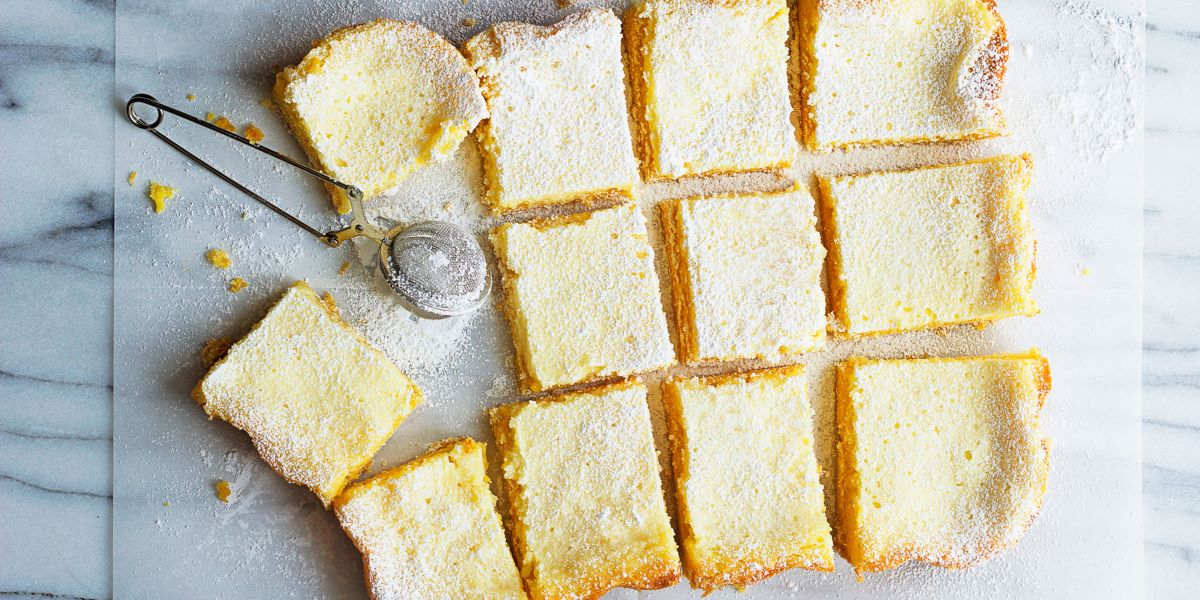
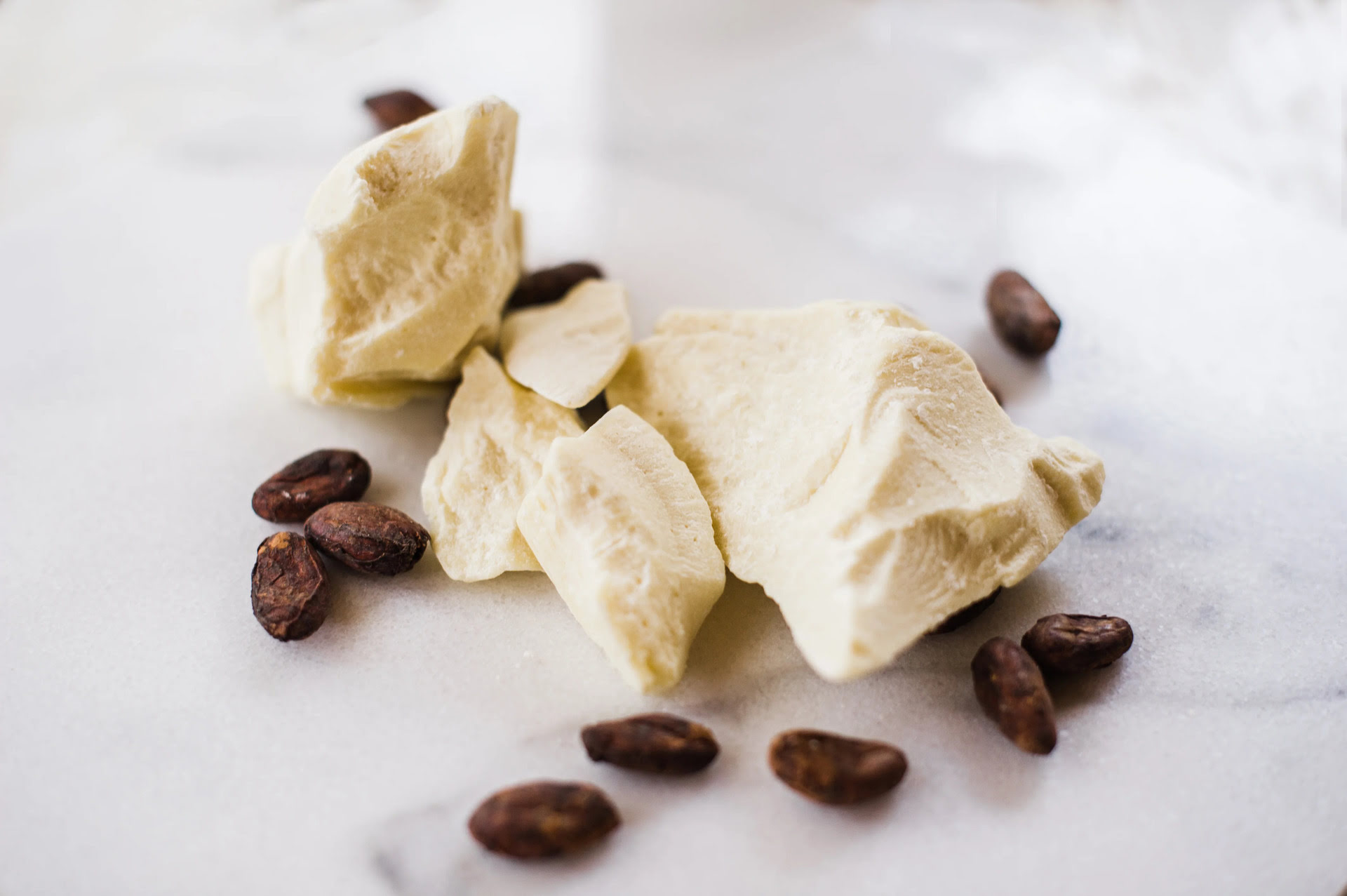
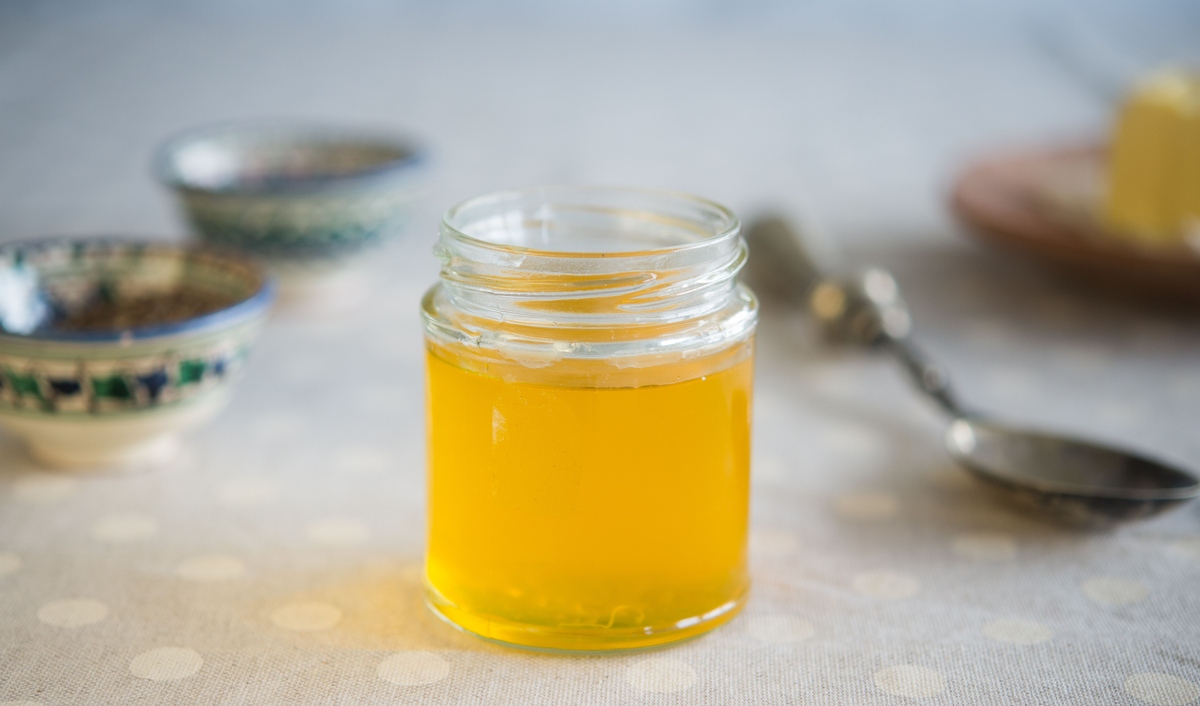

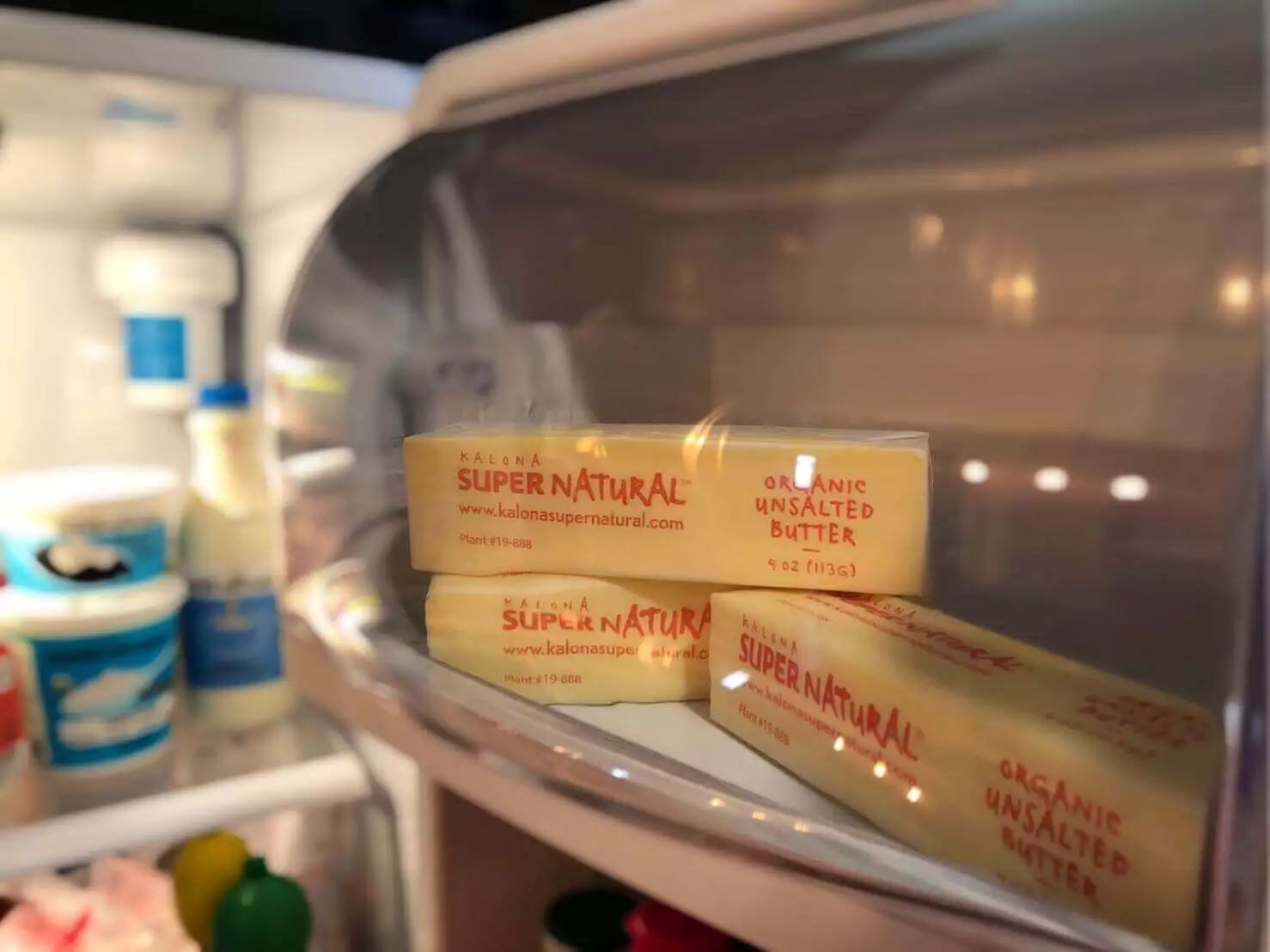
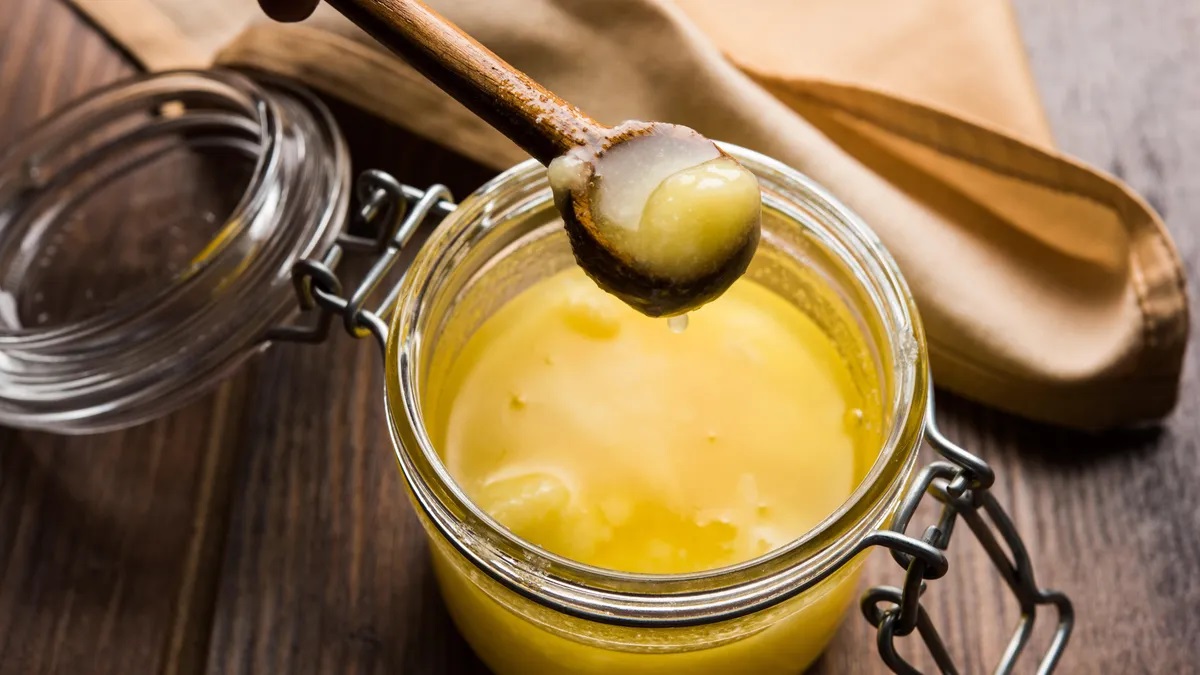
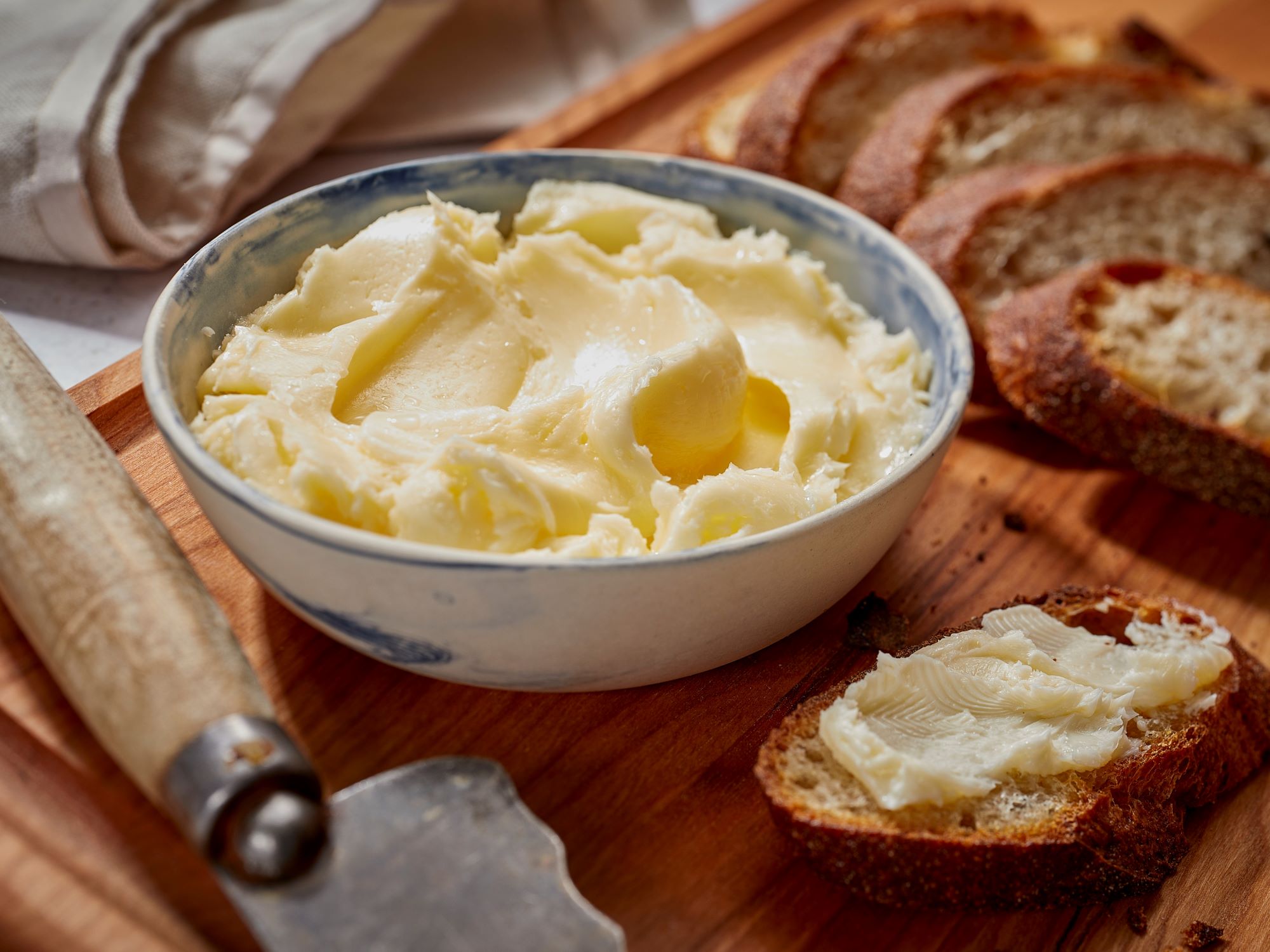
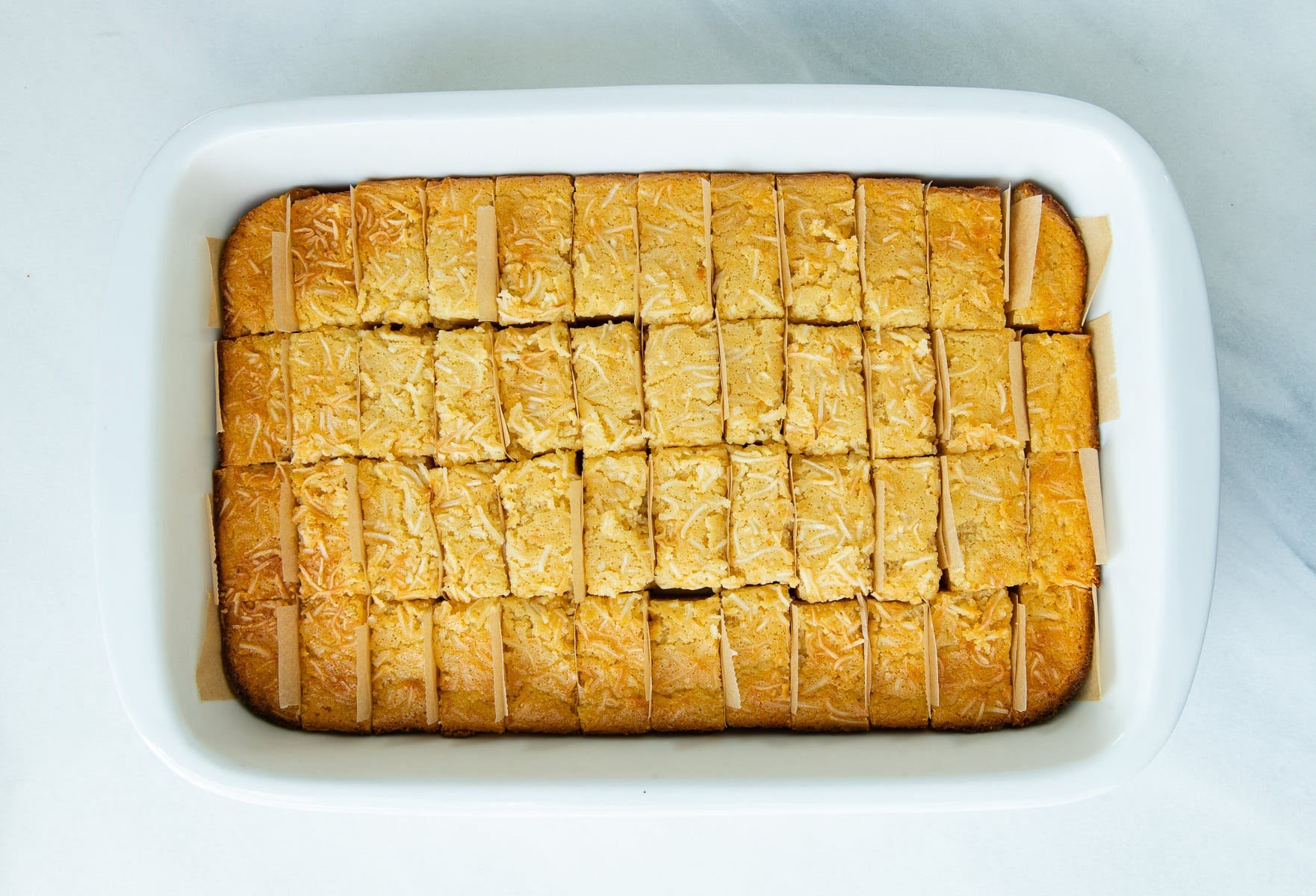
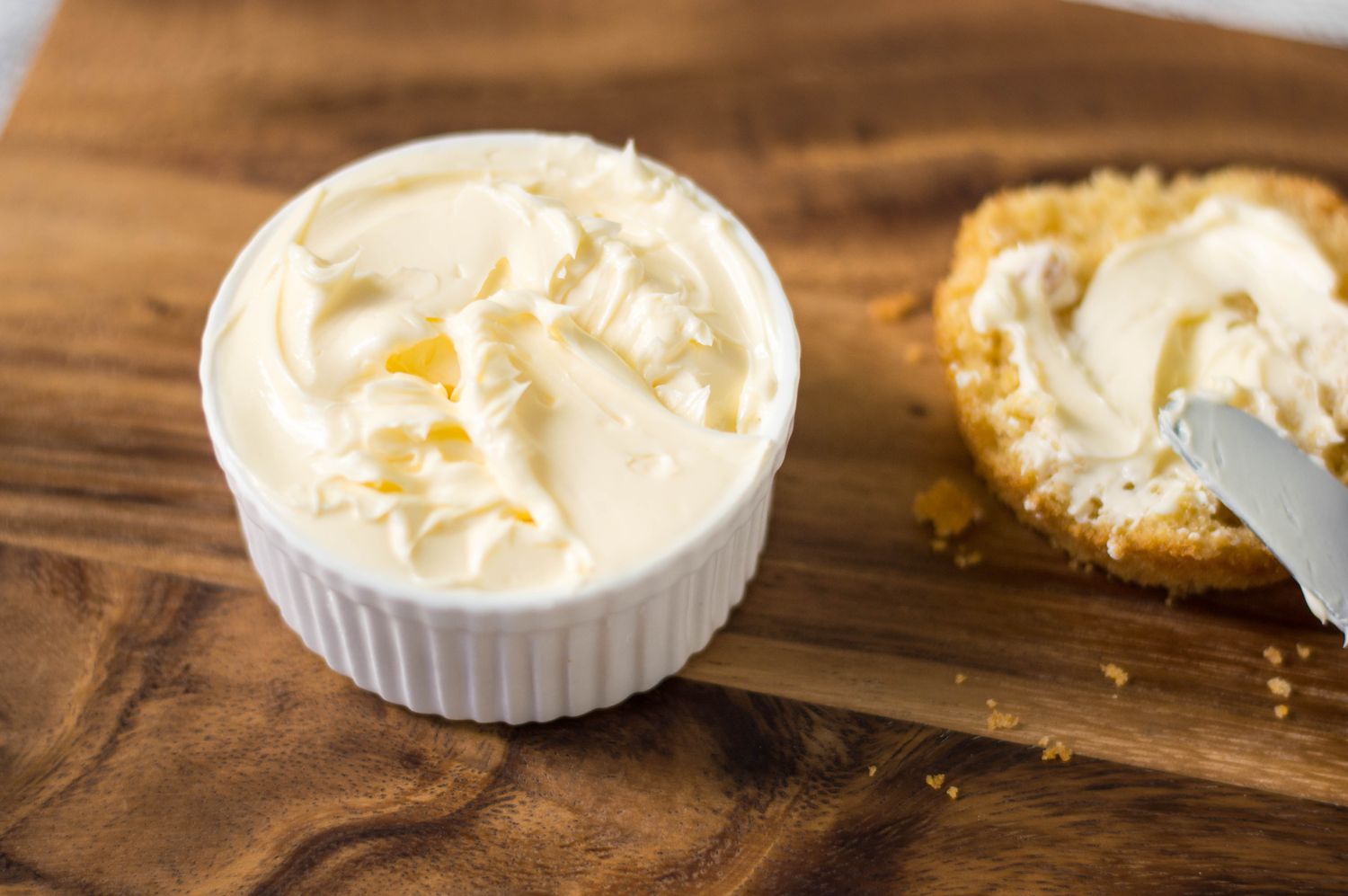
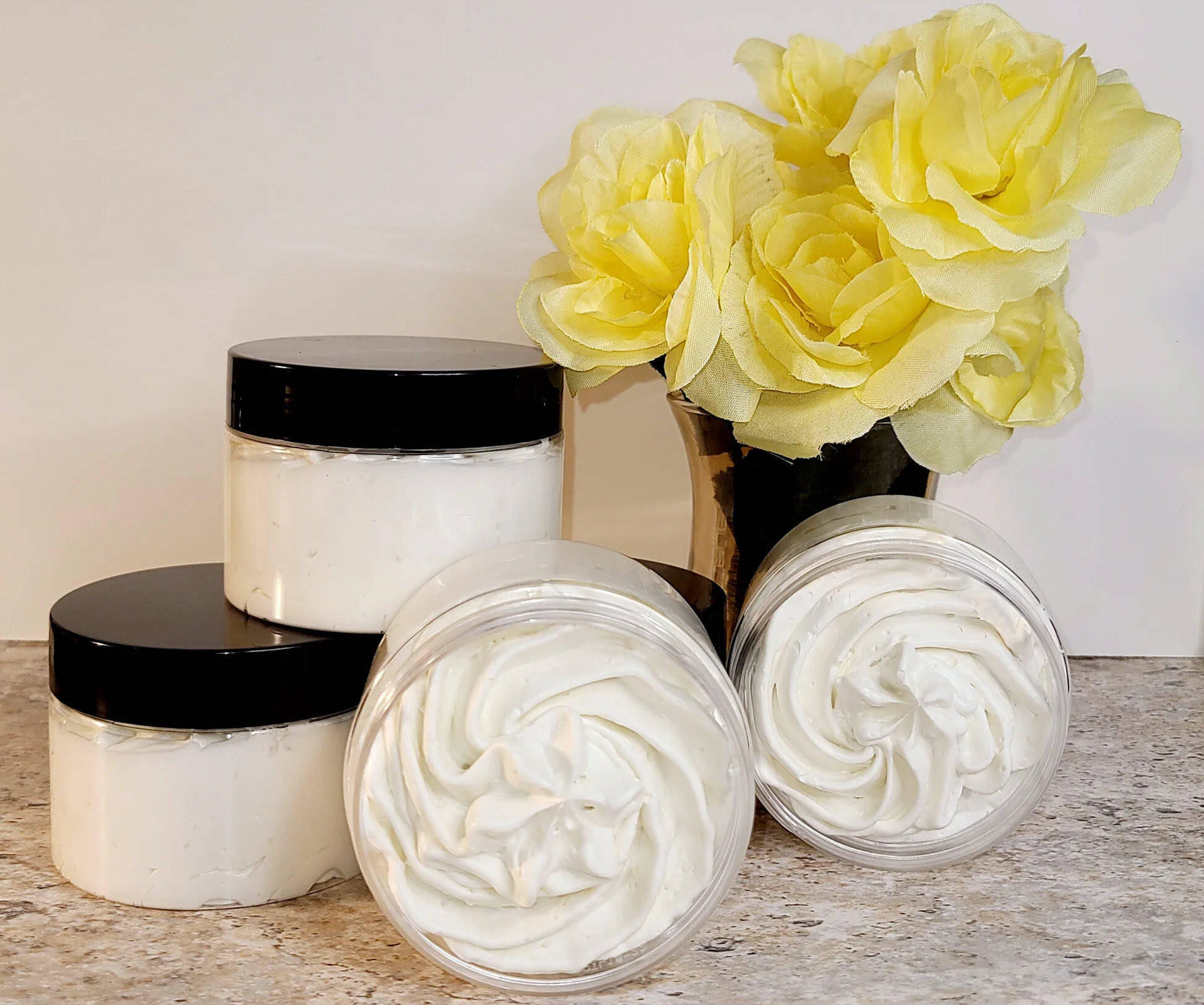
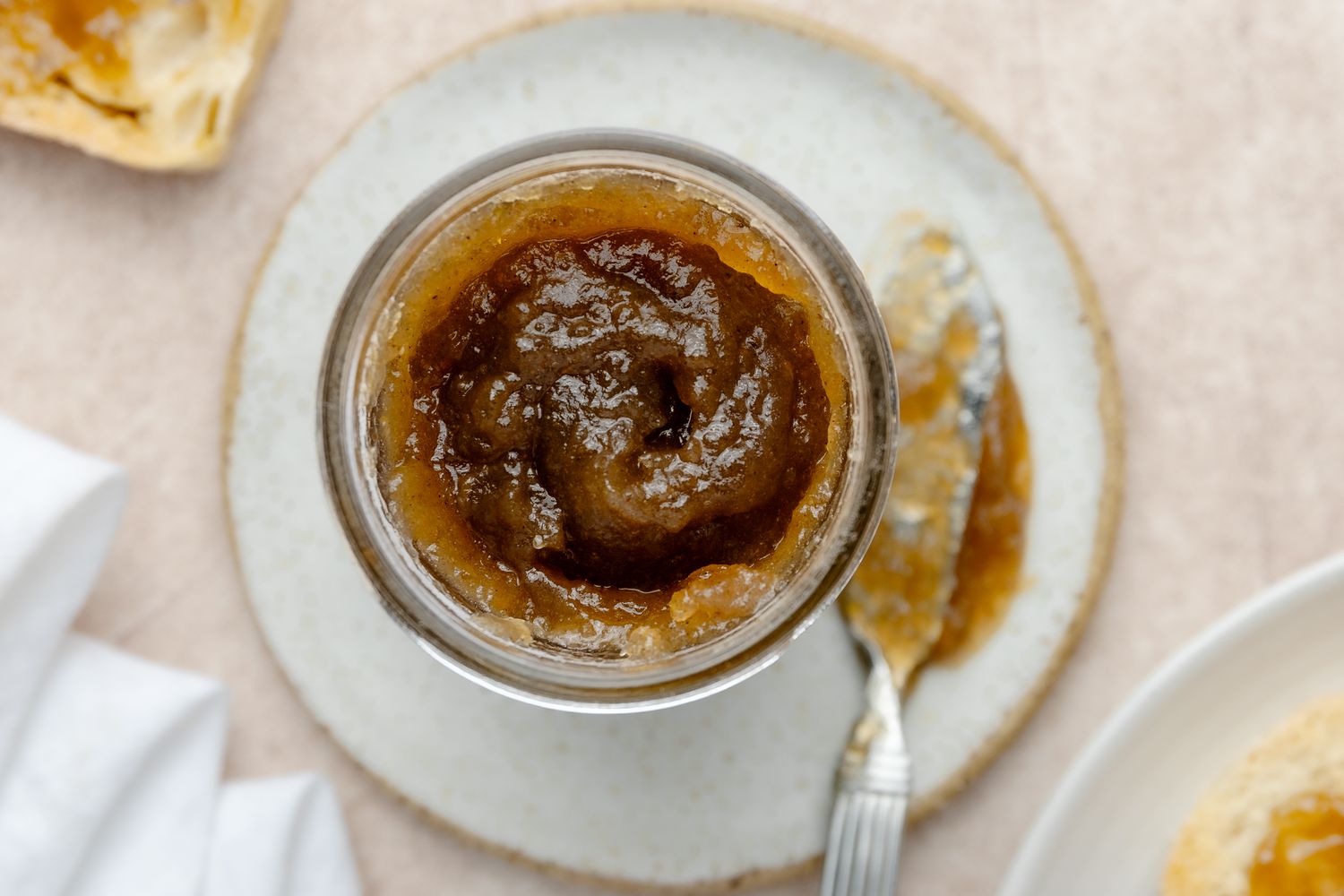



0 thoughts on “How To Store Shea Butter”